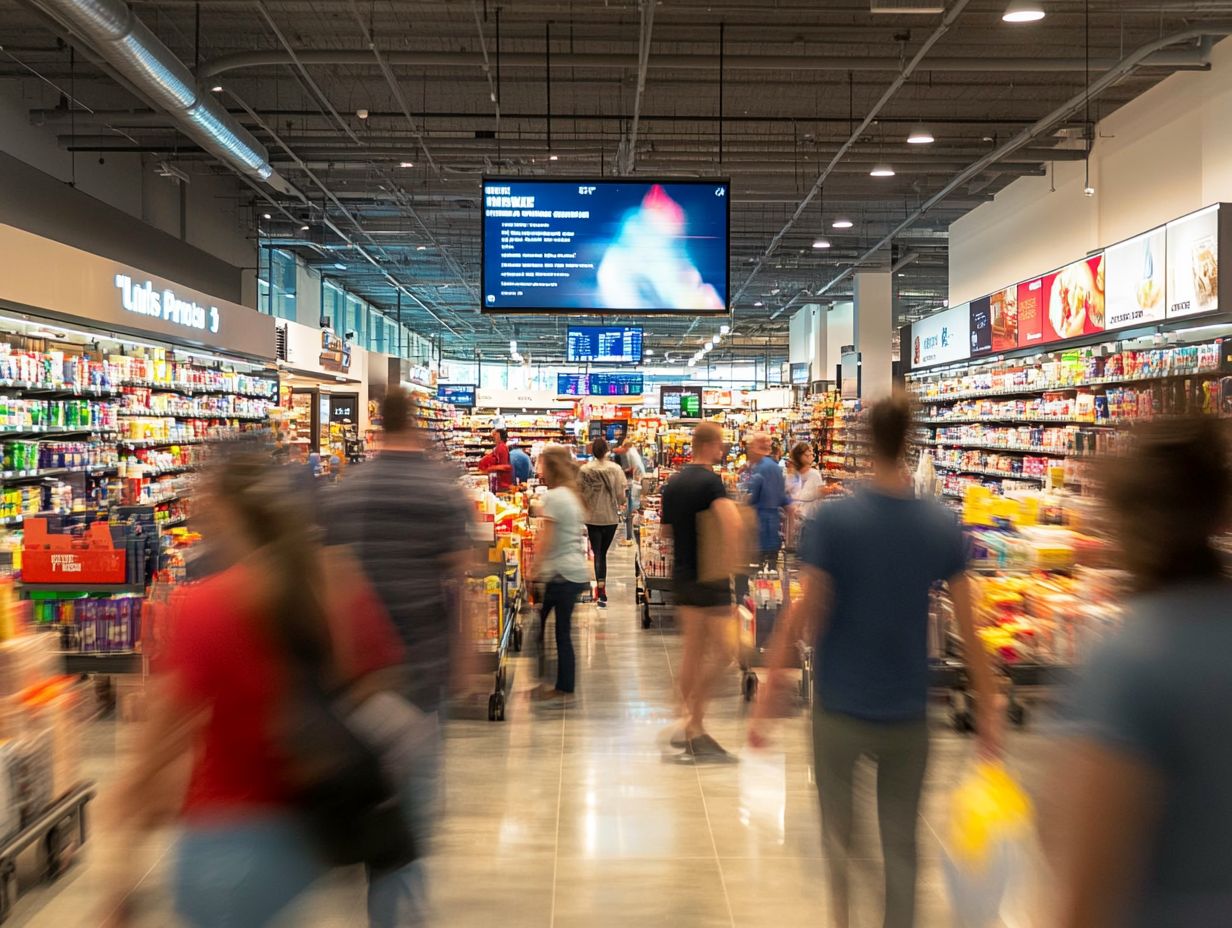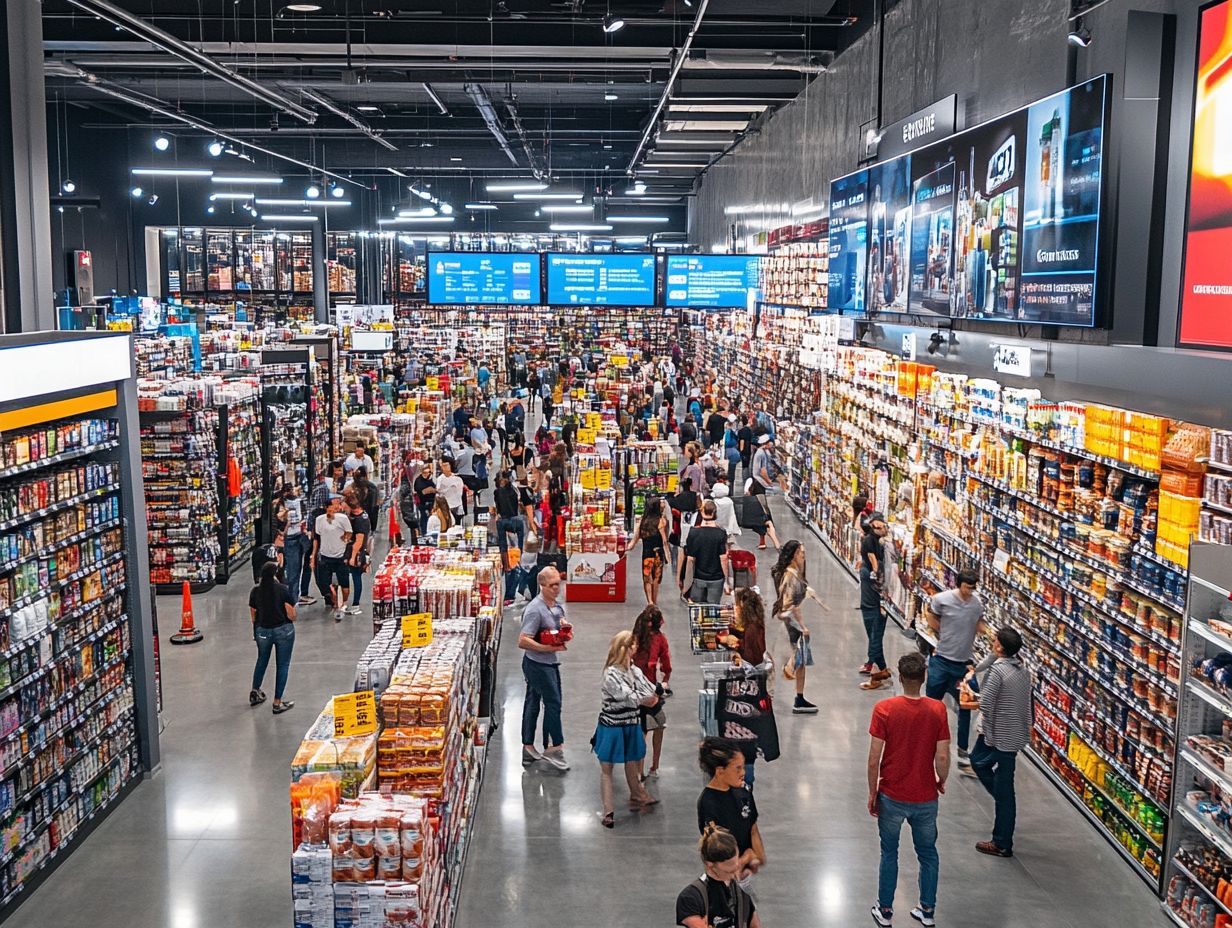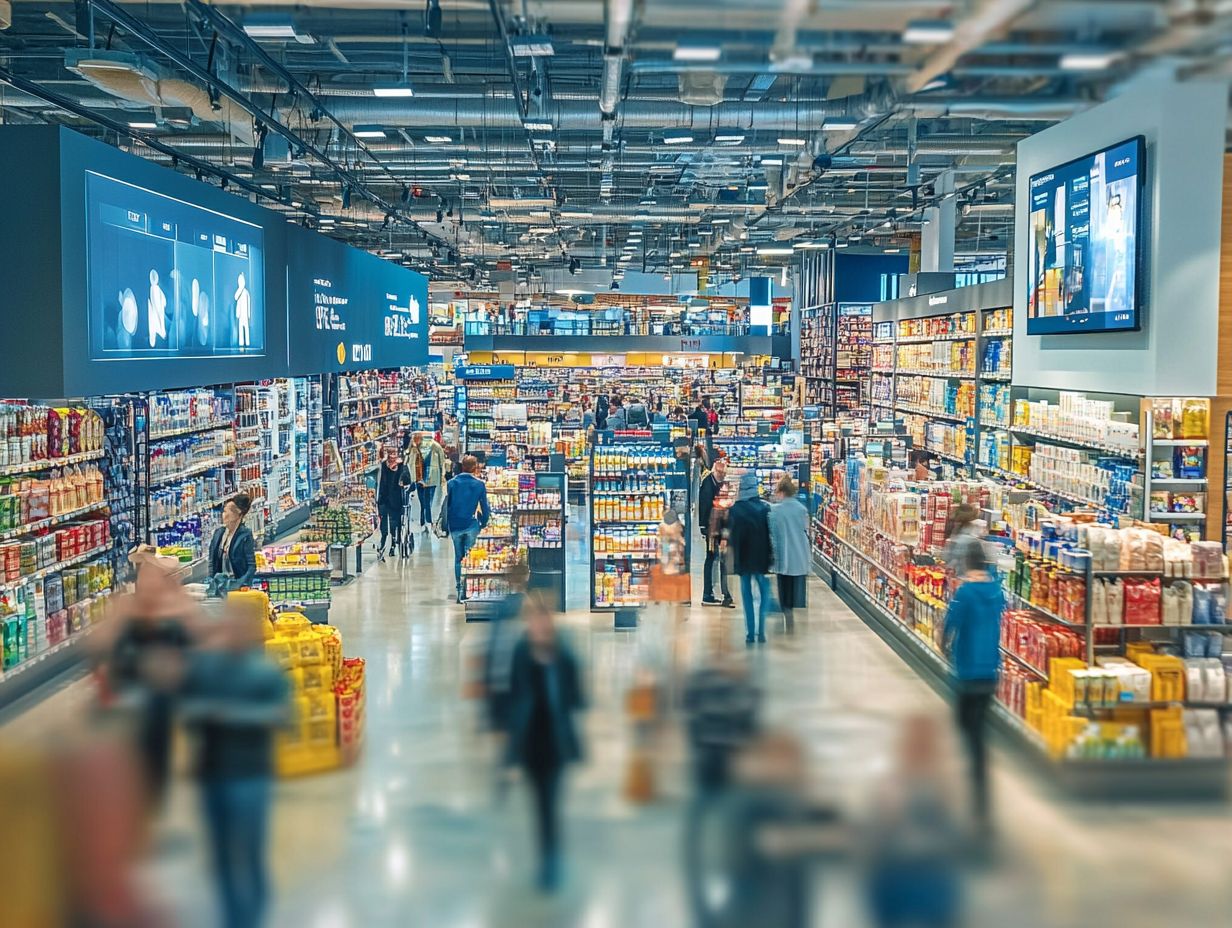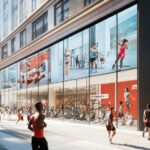Foot traffic analytics offer invaluable insights into how shoppers engage with store environments, revealing their preferences and behaviors. By identifying peak shopping times and popular areas, retailers can optimize store layouts and product placements to enhance the shopping experience and increase sales through effective retail strategy and store optimization.
The Importance of Foot Traffic Analytics in Retail

Foot traffic analytics is a crucial element for retail success, as it offers valuable insights into customer behavior, demographic analysis, and preferences that drive sales performance and store optimization.
By understanding footfall measurements and traffic patterns at the big-box retail level, businesses can implement effective strategies to enhance shopper engagement, store performance, and marketing effectiveness.
Analyzing foot traffic provides information that is beneficial for inventory management, sales forecasting, operational efficiency, and enhancing customer experience through data-driven decision-making and location intelligence.
Understanding Customer Behavior and Preferences
Understanding customer behavior and preferences is essential for retailers aiming to enhance the shopping experience, shopper loyalty, and boost sales.
By analyzing shopper demographics and shopping habits, retailers can identify key purchasing patterns and consumer trends that shape their marketing campaigns and in-store promotions. Customer behavior analysis enables businesses to tailor their messaging and product offerings to effectively engage specific segments of the market.
Demographic profiling is crucial for segmenting audiences based on age, gender, income level, shopping habits, and visitor metrics, allowing for more targeted and engaging marketing efforts.
Retailers can gather shopper insights through surveys, feedback, and behavioral data, which helps improve the customer journey by optimizing each touchpoint to align with customers’ expectations and preferences, ultimately leading to better customer retention.
Ultimately, this approach leads to increased customer satisfaction, loyalty programs, and loyalty, maximizing overall profitability and revenue growth.
How Foot Traffic Analytics Can Drive Sales

Foot traffic analytics plays a crucial role in sales by enabling retailers to understand how shopper engagement, sales conversion, and conversion rates are influenced by measurable data.
Insights gained from foot traffic counts can assist retailers in optimizing their marketing strategies and enhancing sales performance, especially in big-box retail environments where customer flow tends to be less consistent. This can lead to improved retail operations and better store performance metrics.
Identifying Peak Shopping Times and Popular Areas
Identifying peak shopping times and popular areas within a retail environment is essential for maximizing sales opportunities, improving shopper engagement, and understanding shopping patterns.
By analyzing traffic patterns and traffic sources, retailers can strategically plan their staffing and marketing efforts, ensuring an optimal customer experience during high-traffic periods and peak shopping times.
Incorporating heat maps and traffic analysis tools provides valuable insights into customer behaviors, enabling retailers to visualize foot traffic, dwell times, store visits, and entry-exit patterns throughout their stores.
This location intelligence helps determine which sections of the store attract the most visitors, uncovering potential opportunities for product placement, promotional displays, and strategic planning.
For example, if a particular aisle consistently experiences high foot traffic, it may be advantageous to place high-margin items there, enhancing sales opportunities and store performance.
Understanding the frequency of peak shopping times also facilitates smarter inventory management, targeted marketing campaigns, and predictive modeling, ultimately leading to increased sales and greater customer satisfaction.
Optimizing Store Layout and Product Placement

Optimizing store layout and product placement is essential for improving conversion rates, visitor behavior, and driving sales growth.
Foot traffic analytics can assist retailers in making informed decisions about visual merchandising, ensuring that products are strategically positioned to attract customer attention and influence purchasing behavior, leading to sales increase and optimized customer touchpoints.
Data visualization tools enable businesses to analyze customer movement, traffic flow, and implement significant improvements to their design strategies.
For instance, layout optimization has allowed Walmart and IKEA to enhance their customers’ shopping experiences, resulting in more impulse purchases, higher levels of customer satisfaction, and improved store metrics.
These tools help retailers visualize the impact of various layout configurations on sales and allow for A/B testing before implementation.
Research shows that placing high-demand items near the point of sale (POS) can not only boost sales but also enhance the overall shopping experience for consumers.
Implementing Foot Traffic Analytics in Big-Box Retail Stores
Foot traffic analytics in big-box retail stores offers several advantages, including improved operational efficiency, retail management, and an enhanced customer experience.
These retailers leverage advanced retail technology and location intelligence to collect data on shopper behavior, which they use to optimize inventory management, sales data, and enhance marketing effectiveness.
Choosing the Right Technology and Tools

Selecting the appropriate technology and analytics tools for foot traffic analytics is essential for retailers aiming to enhance their understanding of customer behavior and improve sales performance.
Given the wide range of retail analytics platforms available, it is crucial to choose solutions equipped with robust data analysis tools that can deliver actionable retail insights.
Complementary technologies, such as heat mapping, mobile tracking, and customer counting systems, offer unique advantages tailored to a retailer’s specific focus and omnichannel strategy.
For instance, heat mapping technologies provide a visual representation of in-store traffic patterns, enabling businesses to identify high and low traffic areas and optimize product placement accordingly, improving shopping patterns understanding.
In contrast, mobile tracking offers insights into customer dwell times, location data, and movement behaviors, aiding in the development of personalized strategies.
Retailers must evaluate these tools in light of their specific goals—whether that involves refining shopper engagement through targeted promotions or enhancing operational efficiency by optimizing staff allocation—to ensure that the selected tool aligns perfectly with their overall business strategy, customer insights, and predictive modeling.
Training Staff and Utilizing Data Effectively
Training employees to utilize foot traffic analytics data is an effective way to enhance customer experience. By analyzing this data to identify sales triggers and gain insights into customer behavior, employees can engage shoppers in ways that are likely to boost sales. This approach not only equips employees with valuable skills but also fosters a culture of data-driven decision-making within the organization.
Consider implementing regular workshops for employees to review past customer interactions and discuss how these interactions could have been handled differently to improve the customer experience. Role-playing scenarios based on data insights can provide staff with opportunities to practice engaging with customers in ways that align with their interests, as indicated by past shopping behavior.
By encouraging analytical thinking at the employee level, retailers can give the power to their teams to leverage the data they collect to inform strategies that enhance customer experience, consumer insights, and lead to better sales attribution.






